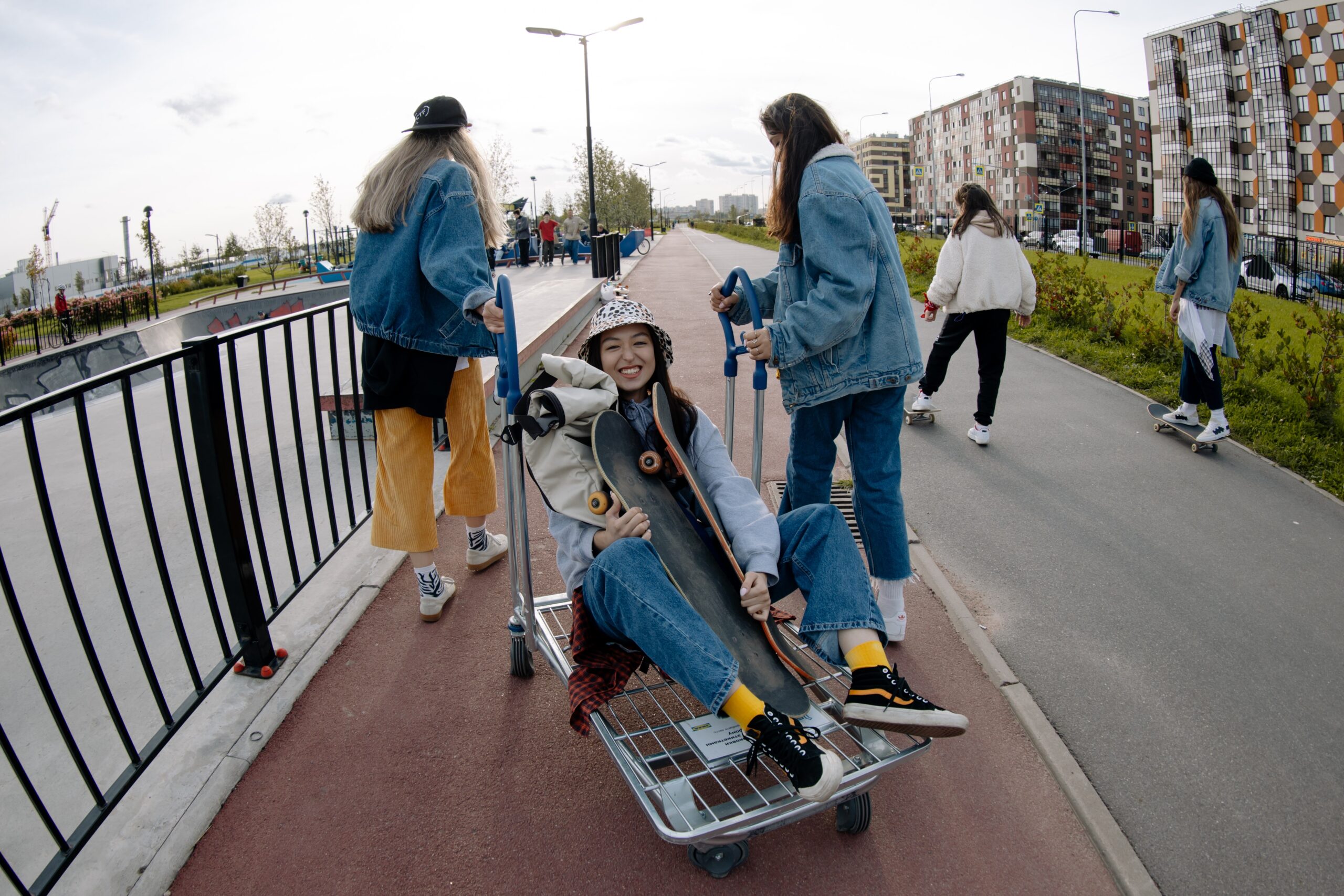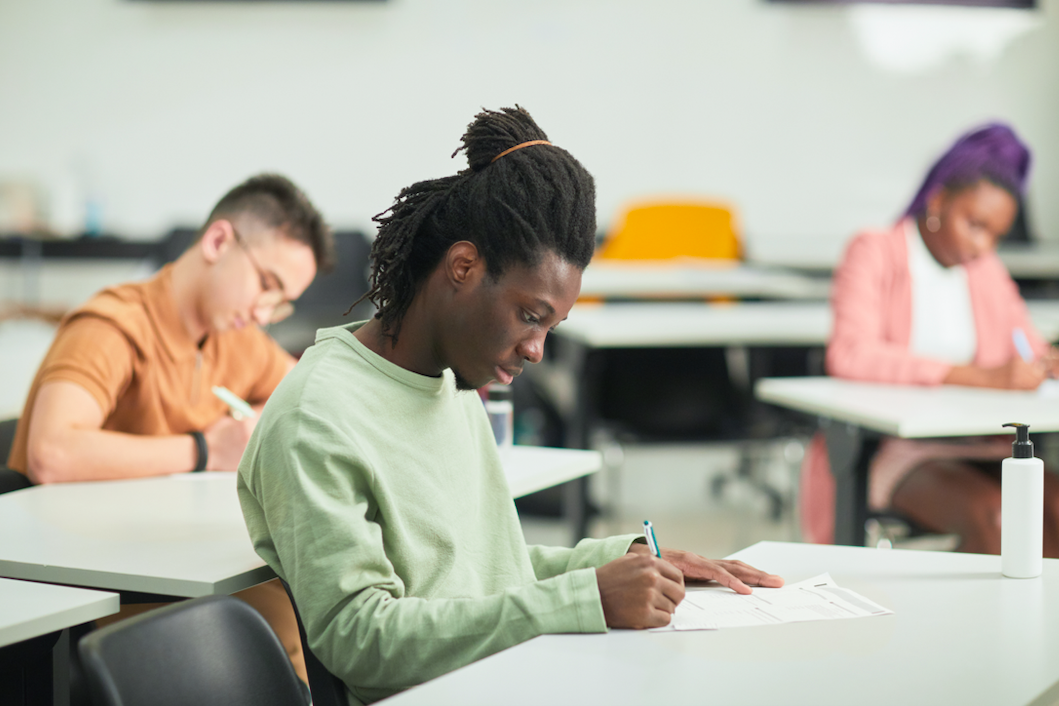
How SEL Can Accelerate Maturity in Students
By: Tim Elmore
One decade ago, I began to hypothesize about a trait I observed in high school and college students. I continued to be baffled by how much they knew yet how little they’d experienced. I researched the reasons for this and came up with a term, which became the title of a book: artificial maturity.
Artificial maturity may sound like a derogatory description of today’s youth, but it is not. Teens are the victims of strong cultural headwinds that have stunted their social and emotional development. Unfortunately, parents were ambushed by the consequences of smartphones and the Google reflex they created. Artificial maturity is the result of two simultaneous realities in the 21st century. These realities can be summarized this way:
- Kids are over-exposed to information earlier than they are ready.
- Kids are under-exposed to first-hand experiences later than they are ready.
This produces a student who is intelligent and knows a great deal but may lack common sense and basic executive functioning skills. For example, a third-grader may know all of his math tables and how to download the latest software. Seeing him we might say, “What a mature young boy.” That same kid, however, may not be able to look an adult in the eye and engage in a conversation at age 16. It’s a child with a lot of knowledge but not the same amount of experience.
Ancient cultures had language for such circumstances. Two ancient Greek words for knowledge were ginosko and epinigosko. The first meant “to be informed or to be aware.” The second meant “to fully understand through experience.” It’s the difference between knowing about someone and knowing someone. We’ve unwittingly created a society where information is so prevalent that kids can become satisfied with ginosko and never go deeper. “A wealth of information creates a poverty of attention,” said Herbert Simon.

Why We Didn’t See It Coming
Our society both enables and disables genuine maturity. It enables it because youth are exposed to adult content as early as they can get their hands on a smart device. It disables maturity in that today’s adults (parents and teachers) can be fearful in allowing them to enter appropriately risky contexts in order to add experience to their information. They have content without context.
The result?
Society has shortened the childhood experience and lengthened the adolescent experience. In other words, adolescence has expanded on both sides. Kids are entering adolescence at eight years old, surfing teen websites, getting their body pierced or tattooed, exploring their sexuality with classmates, and consuming content their emotions are unready to handle.
At the same time, young people often remain in an adolescent state of mind well into their twenties. Three university deans have told me, “Twenty-six is the new 18.” A young married woman recently said to me that she was a “video game widow.” She thought she married a man but has, in fact, married a boy who is 27 and addicted to Grand Theft Auto, Halo, and Fortnite. Adults somehow failed to prepare him for adulthood. In fact, society’s strange impact is:
- The extinction of childlikeness. Kids lose their sense of wonder, innocence, and trust.
- The extension of childishness. Kids lose their ambition to enter into adult responsibility.
Measuring Maturity
As I see it, I believe young adults are both advanced and behind in their development. When educators measure student development, they divide maturity into four categories:
- Cognitive growth
- Biological growth
- Social growth
- Emotional growth
The fact is a teen can display maturity in certain categories but lack it in others. A meta-analysis on high school students today shows that they’re cognitively advanced compared to past generations of teens (they’re exposed to more information and know more), and they are biologically advanced (their bodies mature faster and enter puberty younger) — thanks to our access to nutrition and information.
Interestingly, today’s students appear to be socially and emotionally behind past generations at their age. I constantly hear stories of students who struggle with mental and emotional challenges, resolving conflict, or coping with stressors. In April, we were all stunned by still another mass shooting by a teenager. Nineteen-year-old Brandon Scott Hole entered a FedEx facility in Indianapolis and shot eight people dead. His problem was not a cognitive or biological one; it was a social and emotional one. Could it be that we’re not educating our young people holistically? We’ve been so singularly focused on measuring academics we’ve only added to this dilemma.
Changing Our Report Card
Just as students have a report card and know what they’ll be graded on each semester, we too should have one and ensure we grade what really matters. I contend we must expand the subjects we score ourselves on to produce a graduate who’s ready for all aspects of life. I recommend two significant changes in how we score ourselves as educators and parents.
1. We must value social and emotional growth as much as academic development.
More often schools are offering courses on social and emotional learning because data is showing that students who build these SEL competencies actually improve in academics. When students can manage their emotions, see the big picture, resolve conflicts, practice discipline, and show empathy, their test scores and lives reflect well-rounded individuals. This is why I began creating courses that taught social and emotional competencies (soft skills) via images, conversations and experiences in 2003. I call them Habitudes: Images That Form Leadership Habitudes and Attitudes. My goal was to add to this development process.
2. We must move from memorization to application as a measure of success.
As long as students merely accumulate and retain information long enough to take an exam, we will never guarantee their schooling is successful. Students can look up almost anything in an instant, so memorization is less valuable than when I was in school. I believe we must find ways for them to demonstrate what they’ve learned through action. They must apply what they know. I’m not suggesting we discard reflection and writing, merely that we expand their ability to display their growth through application.
Putting It into Practice
Steven Nava was a high school student who noticed his former teacher, Jose Villarruel, near his neighborhood every day. Steven wondered why Mr. V was hanging around until he looked in his car and noticed a pillow and blanket in the backseat. He soon learned that Mr. V’s work as a substitute teacher in the Fontana School district wasn’t steady, and he was forced to live in his car. His car was his home for nearly eight years.
Steven decided he had to do something.
He set up a GoFundMe page online and set a goal to raise $5,000. After raising $4,000 the first day it was posted, Steven knew this could be a great birthday gift for his former teacher. In the weeks leading up to Mr. V’s birthday, he made all the arrangements. Standing alongside the mayor and several of Mr. V’s students, Steven presented him with a check for $27,000. This act of kindness blew Mr. V away. Usually, teachers are the ones helping students, but the service had gone full circle. That’s what happens with socially and emotionally mature students.
I believe leading students to this kind of mindset could be a game-changer. We can play a role in turning artificial maturity into authentic maturity in students. May that be our focus and our goal.






